Points of No Return
In which Norm spins up A24's new release of Jonathan Glazer's THE ZONE OF INTEREST.
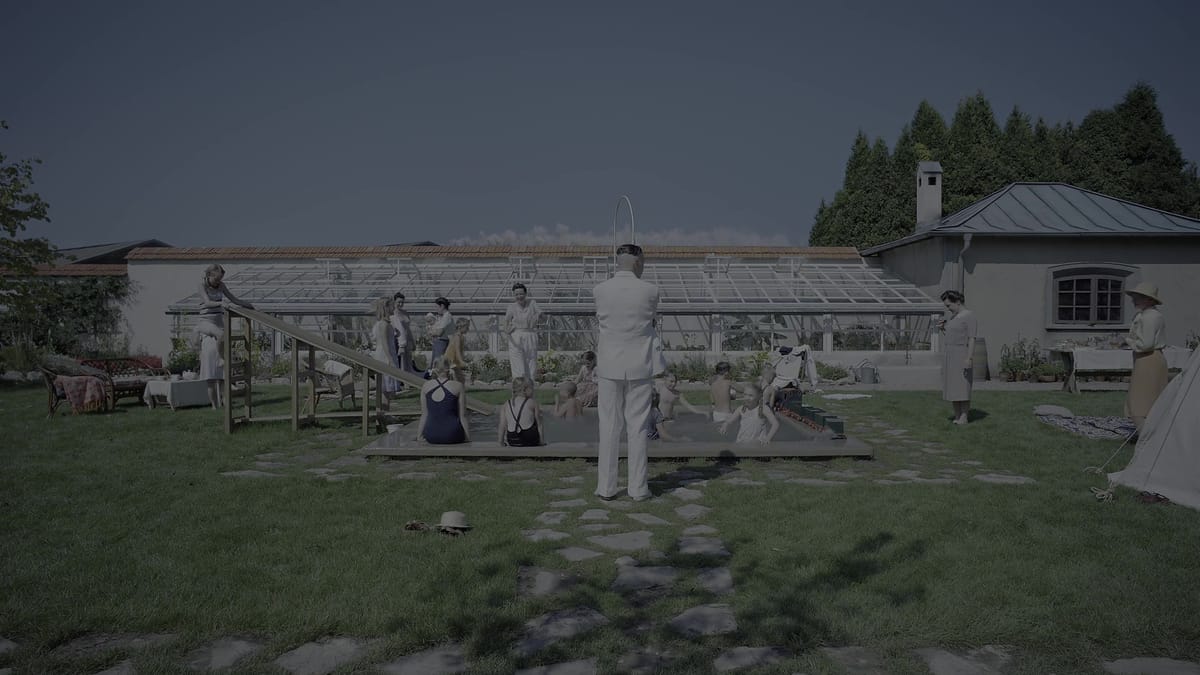
When Oppenheimer and The Zone of Interest dominated the Oscars earlier this spring, I noted how odd it was that two major auteurs, working independently of one another, should make very different films about the horrors of World War II that both go out of their way to avoid depicting any of the deaths for which their protagonists are directly responsible.
I kept trying to figure out whether it meant something, as any critic would, but never came to a conclusion. Did the fact that Christopher Nolan and Jonathan Glazer are Englishmen, and the stories they’re telling are respectively American and German, mean they imposed their own cultural distance on their projects? Or was it just a coincidence, an acknowledgment that some horrors are too big to be reduced to a screen grab?
I never figured it out. And now that I’m revisiting Glazer’s film in A24’s new 4K edition, I wonder whether I was chasing the wrong idea.
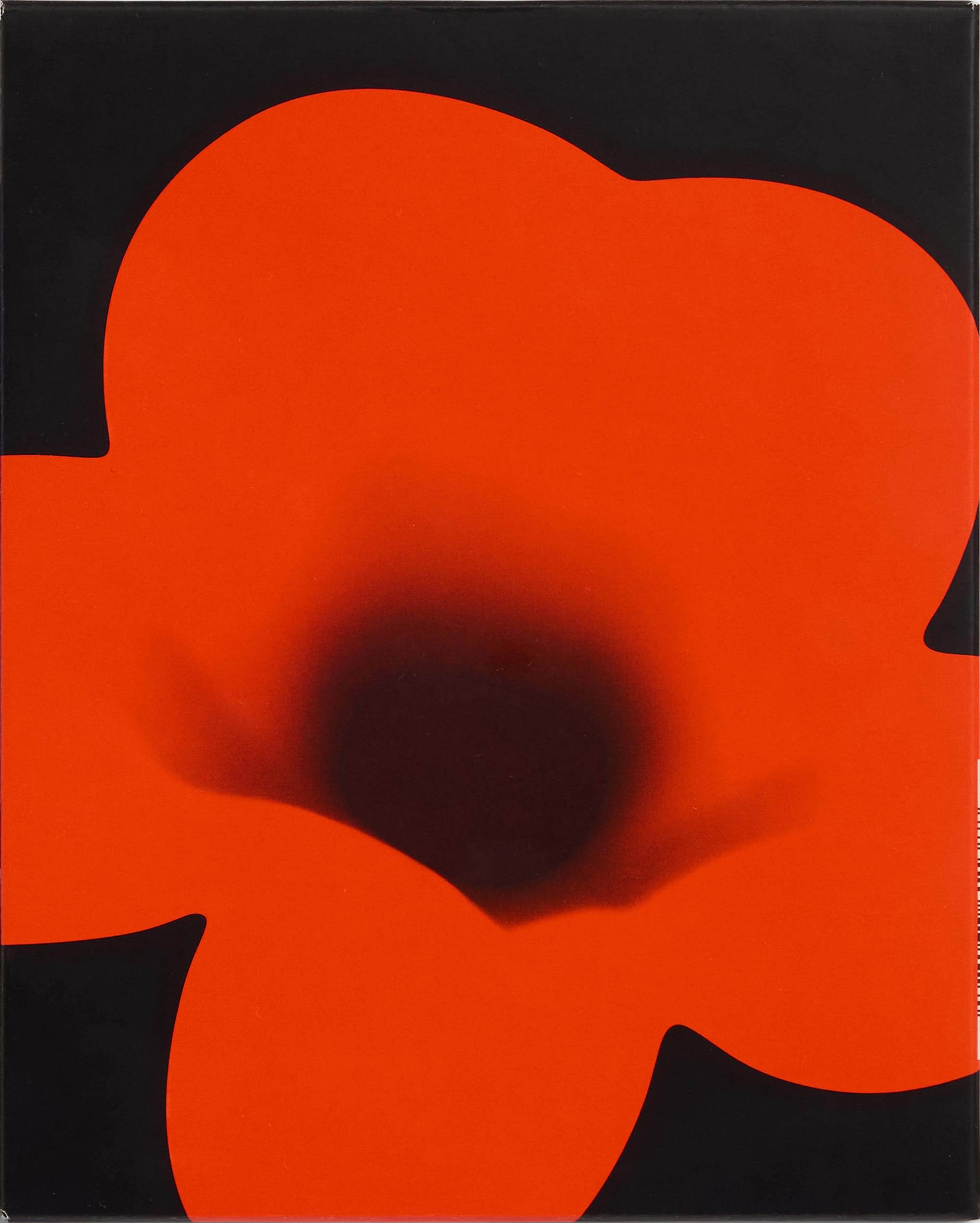
The Zone of Interest is ostensibly based on a 2014 novel by Martin Amis, which detailed the affair between a Nazi stationed at Auschwitz and the camp commandant’s wife. Glazer’s screenplay abandons Amis’ plot entirely for a more clinical, almost non-narrative look of what it must have been like to live on the other side of the fence from a death camp.
It’s a film about denial. Glazer never shows us any of the images we expect from a film about the Holocaust; there are no shots of Auschwitz’ famous gates, or its gas chambers or crematoria; the camera never looks into the camp. But we know what happens there, because we can hear it all in an insidiously subtle Dolby Atmos mix. Distant screams and the crack of gunshots constantly intrude at the edges of the sound field, the low-frequency rumble of machinery always present under every conversation or reflective moment.
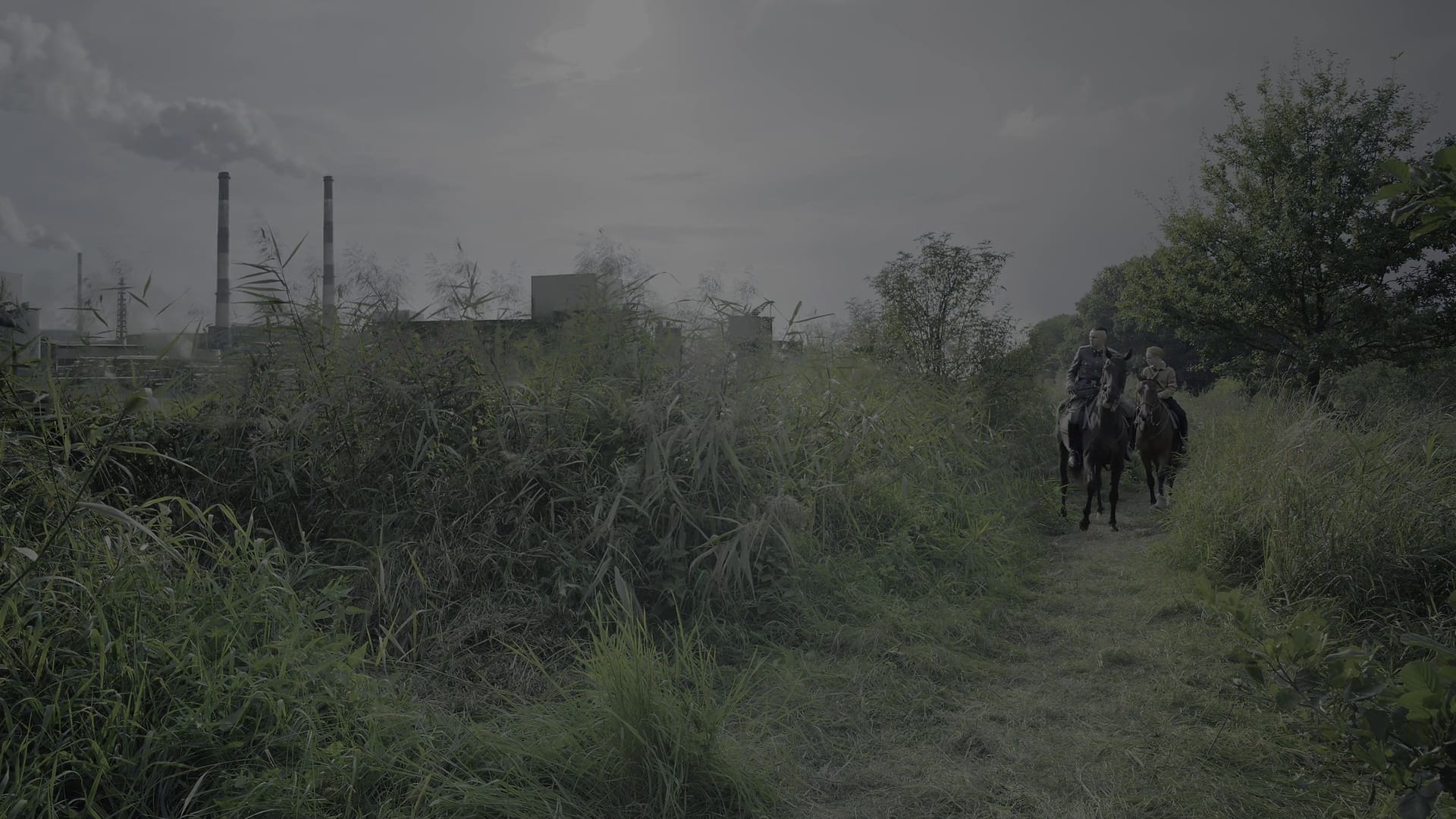
The film embeds us with Rudolf Höss, who ran the camp for most of the war, and his family, who live in a house adjacent to Auschwitz. It didn’t belong to them originally, of course, and we have no idea what happened to the previous residents, but it never comes up. They live there now, and it’s got quite a lovely garden. There’s a problem with frequent deposits of ash, but Rudolf has people for that.
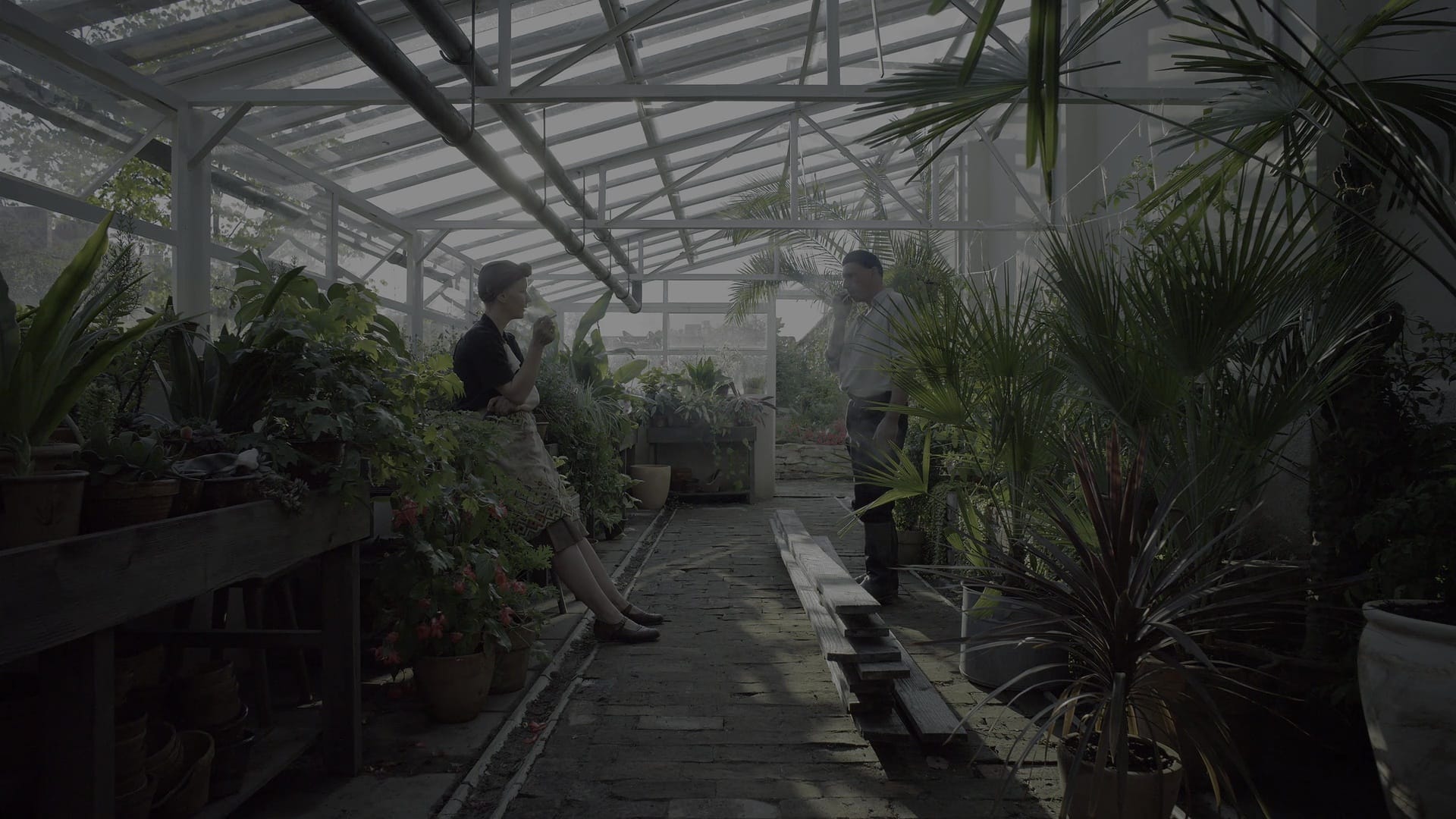
We know what the ash is, and why it’s falling, but the film never comes out and states it – which led to some very odd reviews when The Zone of Interest opened last year. Is it necessary, eighty years after the fact, to spell out the purpose of Auschwitz? We know what’s happening there just as well as Höss does: In Christian Friedel’s performance, we see a man who’s fully committed to making a monstrous engine run as efficiently as possible, the better to impress his superiors and further his career. But when Rudolf goes off to work, we stay home with his wife Hedwig, who knows full well what her husband’s job entails, and simply won’t allow herself to acknowledge anything she doesn’t want to see.
Hedwig is played with icy precision by the magnificent Sandra Hüller, in a performance that is entirely the opposite of her prickly but sympathetic author in Anatomy of a Fall; I can only imagine the whiplash one might have experienced seeing both films in close proximity at Cannes or TIFF. In Anatomy of a Fall, Hüller is a complex, deeply self-aware person caught in a bear trap of circumstantial evidence and undisguised misogyny, blamed for her husband’s suspicious death and struggling to find the warmth the legal system demands of her, even as it removes her son from her care. She’s unknowable to the people around her, but wide open to the camera; by contrast, in The Zone of Interest she is a brick wall, showing flashes of kindness and wit that always feel utterly calculated to maintain control over the world around her.
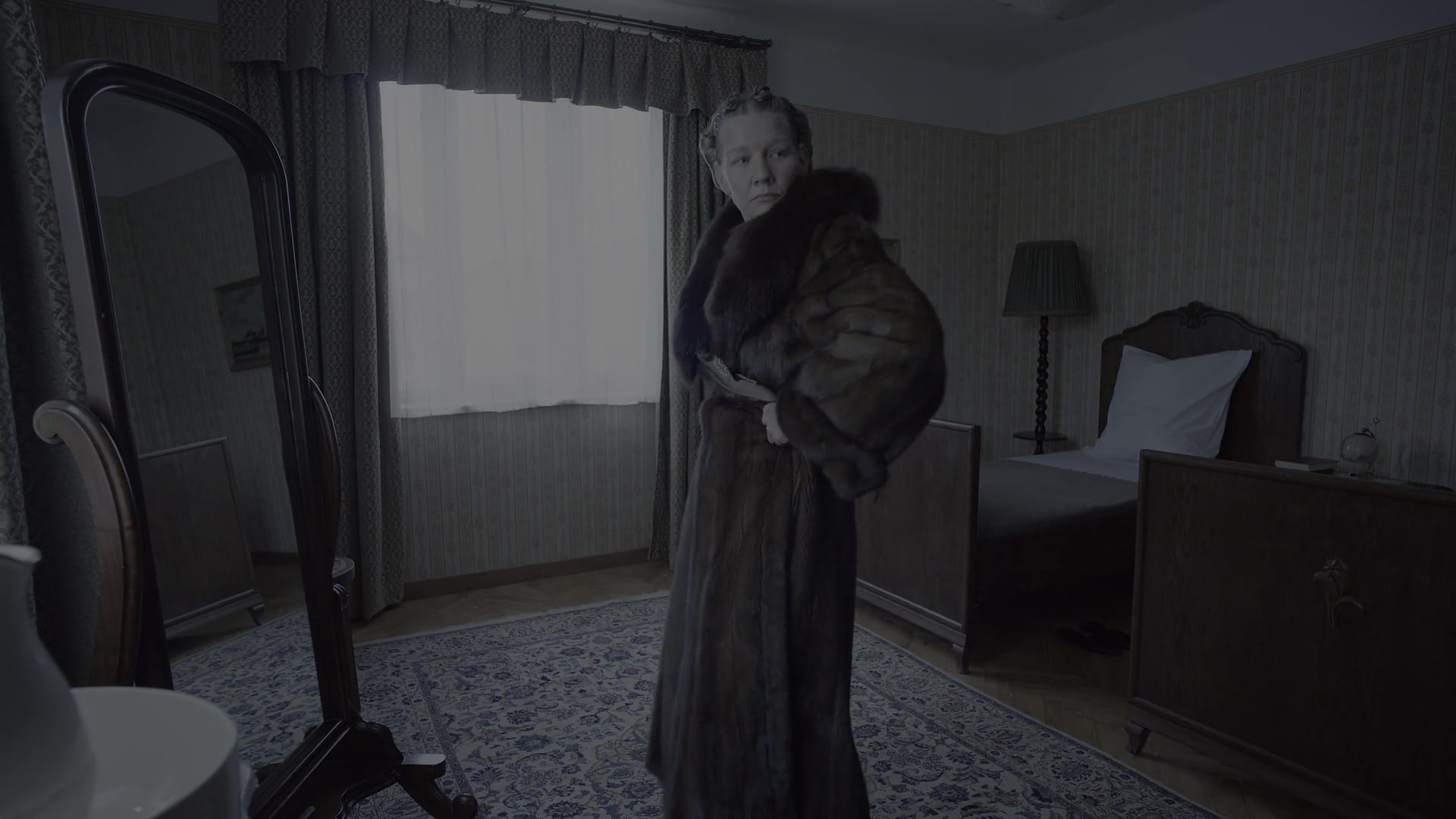
We are locked in with Hedwig, who is so house-proud that she refuses to move the family back to Berlin when Rudolf gets a promotion; he’ll just have to come and visit, that’s all there is to it. The house is nice, the children are happy, the garden is beautiful. Why would she ever want to leave? No one even notices the smell anymore.

A24’s disc – released in separate 4K and Blu-ray editions – offers what can only be described as an exacting presentation of the feature. The flat gray sheen of Łukasz Żal's cinematography, suggesting a camera struggling with an ambient haze, is perfectly replicated, as are the slightly transparent grey subtitles that accompanied the film in theatres. The intensity of the 4K master can make them a little difficult to read whenever they appear over one of Rudolf’s crisp white shirts; they’re also hard-coded, so it’s not possible to watch the film in untranslated German.
I assume the hard-coding is at Glazer’s request, and if so that might be the reason Elevation Pictures didn’t release a Canadian edition, which would have required either adding another set of subtitles to the image or encoding two discrete versions of the feature, each with its own sub track. Fortunately, A24 does ship to Canada, and some of us are lucky enough to have brick-and-mortar shops like Bay Street Video and Vinegar Syndrome that make a point of stocking their titles.
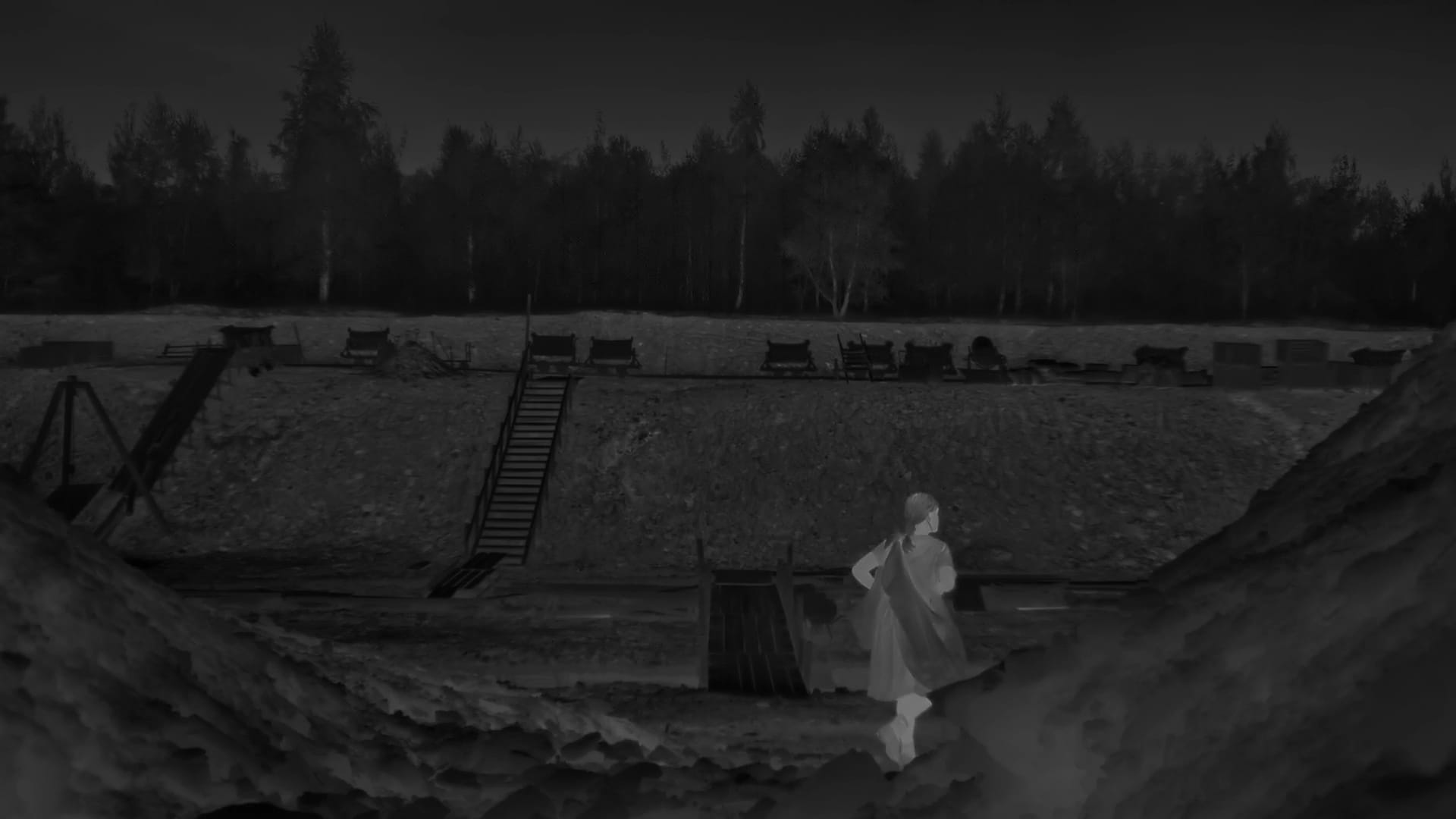
A24’s supplements are spare but essential, too, serving to bolster the history on which Glazer built his film. There’s a seven-minute archival interview with Aleksandra Bystroń-Kołodziejczyk, whose wartime actions with the Polish resistance as a child inspired the character of the peasant girl seen in the thermal-imaging sequences, and a montage of flowers and trees set to an archival audio recording of Joseph Wulf performing “Sunbeams”, the kaddish-like song he composed in Auschwitz in 1943.
Finally, there’s a half-hour featurette, “Filming Zone”, that documents the production with the same austere eye as the finished film. Directed, edited and photographed by Filip Skrońc, it follows the shoot without offering commentary or context; we see Glazer and his crew working on setups, and Hüller and Friedel rehearsing this or that moment, and the incredibly complex scheme of shooting everything with multiple cameras – as many as ten at a time – that allows the film to achieve its eerie fluidity. The cameras are almost always fixed in place, and a given scene will shift from one angle to another within the same take, creating an uncanny continuity of flow even though nothing is actually in motion.
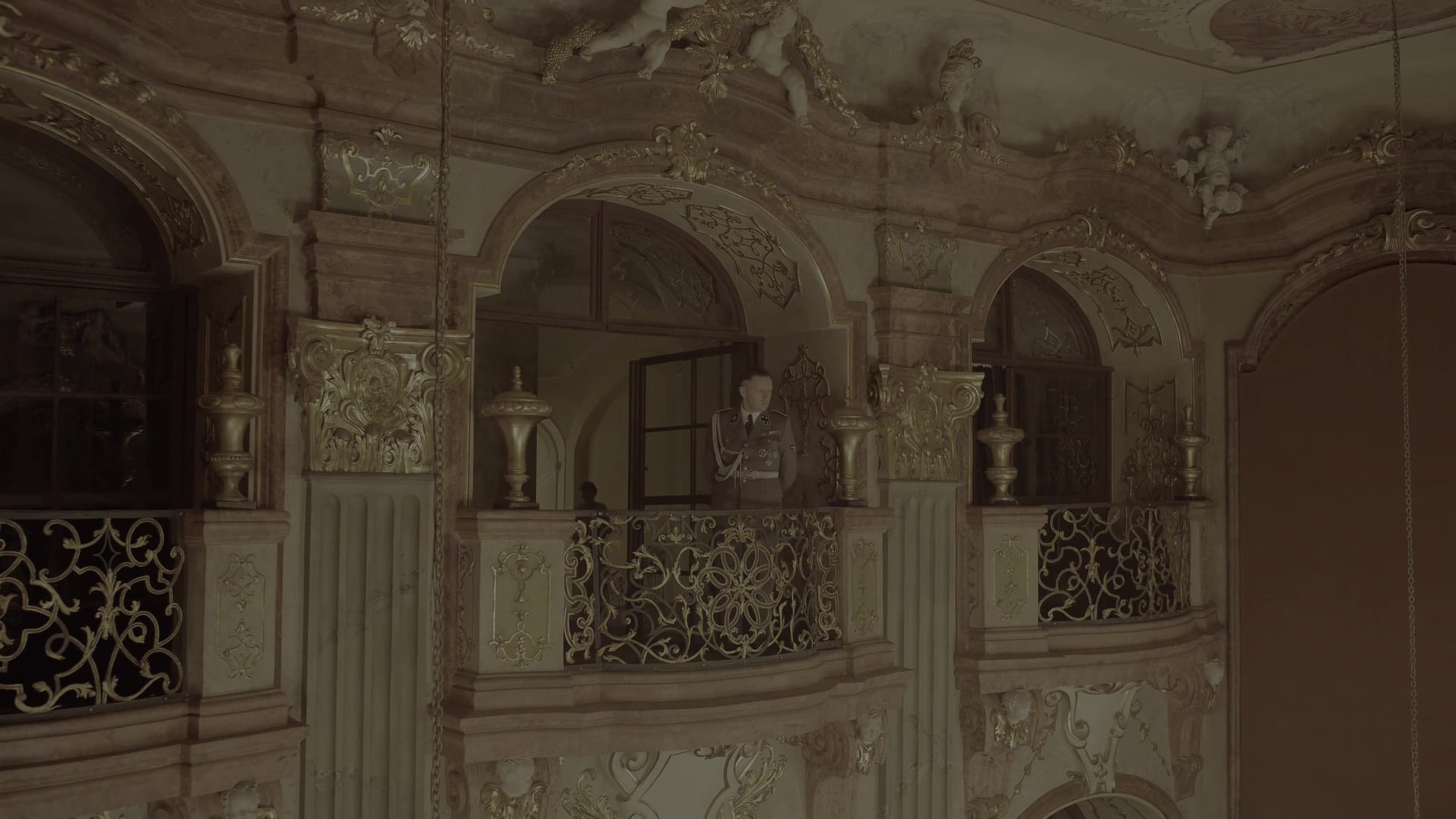
How do I know this? Reader, I cheated. The Zone of Interest may not offer an audio commentary, but Skrońc’s documentary does – and spending half an hour listening to production designer Chris Oddy, costume designer Malgorzata Karpiuk, DP Łukasz Żal and editor Paul Watt discuss the making of the film in detail, left me even more impressed with their accomplishment. I’m still not sure the final sequence in present-day Auschwitz needs to be there; when I saw it the first time it almost felt like a failure of nerve, as though Glazer was worried he’d made a movie that couldn’t stand on its own without documentation or footnotes.
But given the tenor of our times – and the antisemitism that’s grown even more virulent in Glazer’s native country – I suppose you need to remind the audience that all of this happened, and all of this could very easily happen again. Some people even want it to. That's the real horror.
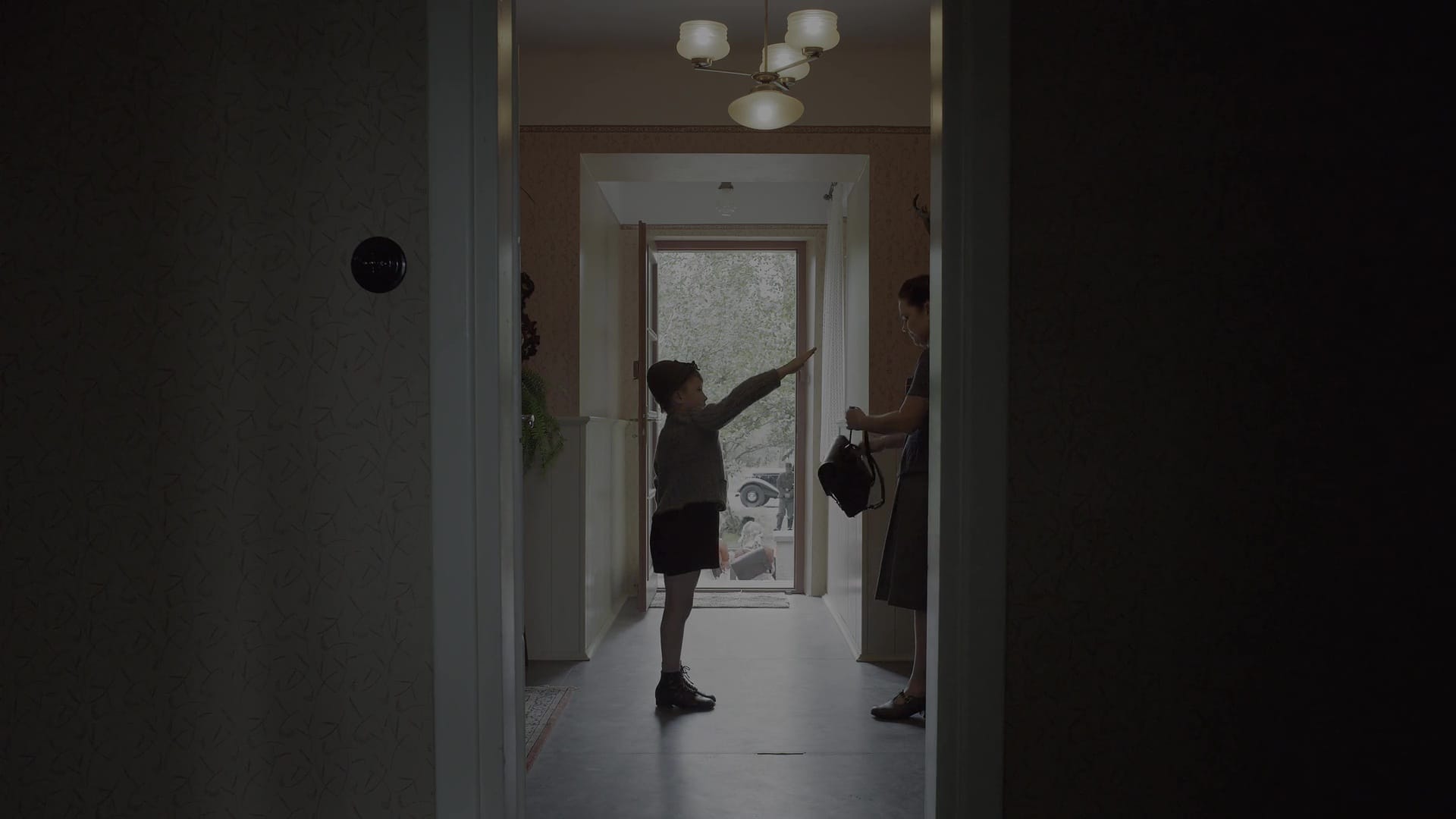
The Zone of Interest is available now in separate 4K and Blu-ray editions directly from the A24 Shop; you can also find it at your finer and more committed independent video stores.
Next up, for paid subscribers: Via Vision scoops Criterion on a definitive Scorsese collection, and Warner gets Rocky right. You’re not a paid subscriber? Why, there’s a quick and easy fix for that!
